Are Converse Good For Running? Health benefits and harm
Author:
Unlock your full potential by engaging with our experts and community! Have questions about your fitness journey or looking for expert advice on weightlifting techniques? Don’t hesitate — leave a comment below and Oleksandr Zagrebelnyi will provide a personalized answer and insights to help you reach your goals.
Torokhtiy is reader-supported. Some links are affiliate links, and we may earn a commission at no extra cost to you. See our disclosure page for details.
Converse shoes have been a popular choice of everyday footwear for decades. They’re stylish and comfortable. Some people love Converse shoes so much that they won’t shop for other brands. But, are Converse good for running? Let’s look at what you should know about these shoes if you decide to go for a run.
Is it bad to run in converse? – Converse shoes aren’t recommended for running. Such shoes are flat and offer poor support for the arch and heels. The soles of these shoes are made from rubber. This causes them to become slippery in wet conditions.
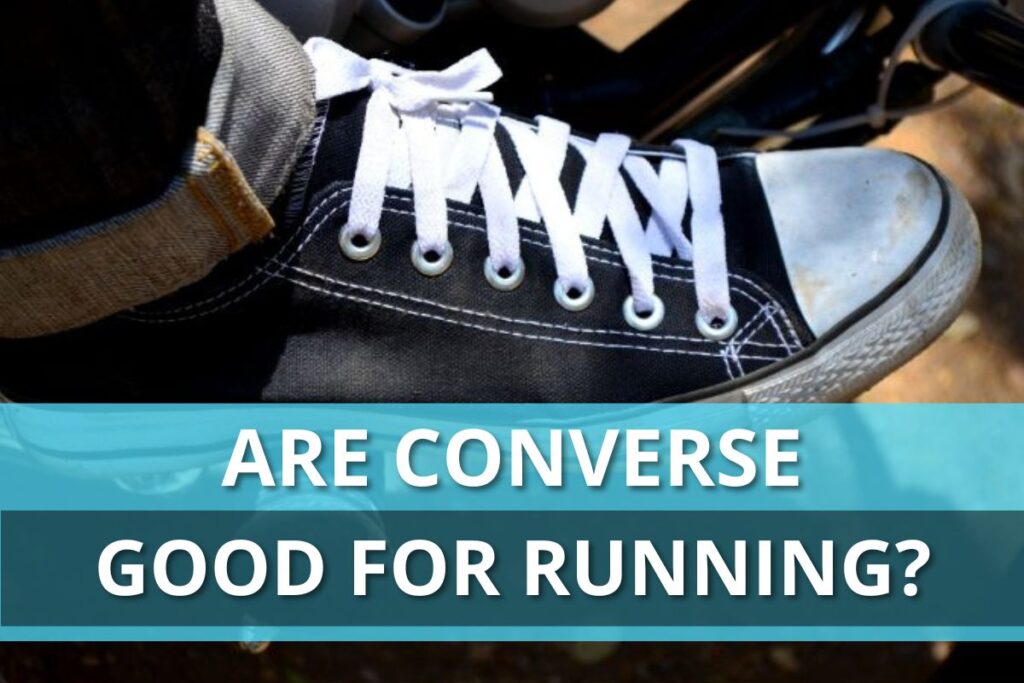
Can You Run In Converse Shoes?
It is possible to run in Converse shoes, but that doesn’t mean it’s recommended. If you’re wearing Converse shoes, you can physically run in them. That being said, you shouldn’t choose these shoes for running exercises.
The main reason you should avoid running in Converse is the risk of injury. While it’s possible to run in flat shoes, your feet will need to adapt to the impact. Your heels and the arch of your foot need adequate support when you run so you don’t get hurt.
This means that you should avoid choosing flat sole shoes for running until you gain more experience. Ideally, you want to choose shoes that offer support for the shape of your foot.
Converse are excellent shoes, just not for running. These shoes have been consistent with quality throughout the decades. They are made from high-quality materials and sold for a reasonable price. They’re practical and ideal for everyday wear. However, since running puts more impact on your feet, you need shoes with more support than your everyday footwear.
Pros Of Wearing Converse While Running
Since these shoes are so comfortable, a lot of people start to wonder “are Converse shoes good for running?”. Despite how comfortable they are for everyday wear, they’re not designed for running exercises. So, are there any advantages to wearing these shoes while running?
Believe it or not, there is one pro to wearing Converse for running. Converse are considered minimalist shoes. They can be worn for any activity that you would do barefoot. If you want to improve your running stride, it’s recommended to run barefoot as it can reduce loading on your joints.
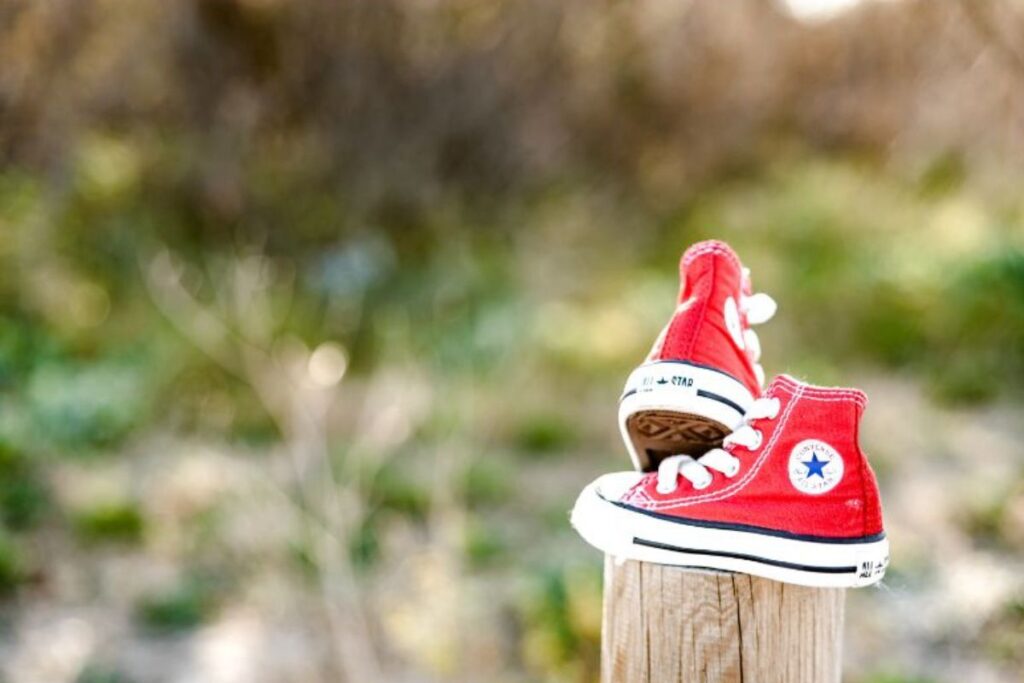
Runners are also more likely to land on the ball of their foot (the area on your foot just before the toes) when barefoot instead of putting the impact on their heels. This is a great way to add more efficiency to the movement.
Running barefoot is a great option for people that live near a sandy beach. But, this option isn’t available to everyone. People that live in the city or in a colder climate will need some sort of support to protect their feet from what could be on the ground (ie: broken glass, dropped nails, pebbles, etc.).
Converse shoes are an acceptable choice when you want to practice barefoot running without exposing your feet to the ground.
Why Converse Aren’t Ideal For Running?
The design of shoes has come a long way throughout the decades. In the 1950s, it was a common sight to see people running the track in their Converse. At that point in time, they didn’t have the options we have today. When you shop for shoes today, you have the option to choose running shoes that are designed with the right level of support.
Converse shoes don’t have cushion support. This is essential for running shoes because of the impact that running has on your body. When you run, your foot hits the ground hard. A cushion in the sole is necessary to minimize the impact this has on your body. Converse shoes have a rubber sole. That is why running in Converse could put you at a higher risk of injury.
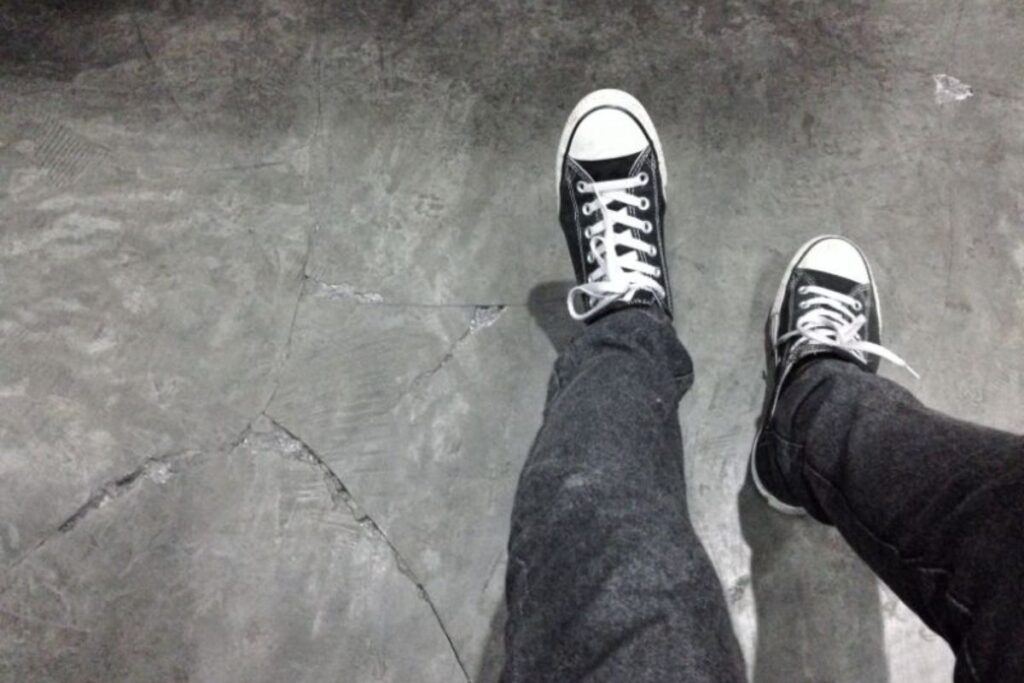
Rubber soles aren’t ideal for running. They limit how much your foot can move around. This can leave your feet feeling restricted as you run. The rubber soles also present a risk for running outdoors. If there is any moisture on the ground, you put yourself at a higher risk of slipping.
When Can You Wear Converse For Exercise?
Converse shoes were actually designed for court sports. When people ask “are Converse high tops good for running?”, it’s important to guide them in the right direction. These popular everyday shoes have the right support for players on the court.
When it comes to sports like basketball and tennis, there are likely other shoe brands you would think of to be your first choice. But, in the past, these shoes were frequently seen on the court. The history of Converse shoes goes all the way back to 1908 when the company was founded.
Throughout the 1960s, they were leaders in the footwear market. During this time, Nike and other well-known names weren’t specializing in specific sports footwear.
Flat-sole shoes like Converse are ideal for court sports because they support movement. The players make a lot of quick movements forward and backwards. There are also a lot of side-to-side movements.
Converse can also be worn for strength training workouts. Experts recommend wearing flat sole shoes for lifting heavy weights. They suggest this because it’s easier to maintain stability in flat shoes. You may also find that your Converse shoes offer the right level of support and stability for lower-body workouts.
4 Tips On Choosing A Pair Of Converse For Running
Converse shoes shouldn’t be your first choice for running. The only time we recommend wearing them for running exercises is if you want to practice barefoot running. If Converse shoes are your only option, it’s recommended to wear inserts to support your arch. Gel or foam inserts can help to protect your feet.
1. Try Them On
Shopping online provides more options. While any shoe you want is just a click away, you will have to carefully check all the details before buying to make sure they’re the right fit. We strongly suggest trying on the shoes in person before committing to the purchase.
Even though you know your shoe size, every make of shoe fits slightly differently than the rest. Since Converse shoes aren’t made for running specifically, you will want to make sure the fit is ideal first.
Converse Chuck Taylor High Top
This model can be alternatively called a “timeless classic.” This is the most well-known model of Converse shoes, and it has truly passed the test of time. It’s a high-top variation of the Chuck Taylor, and it has all the features needed to be considered a solid lifting shoe. It’s flat-soled, offers great traction with any surface, and lacks almost any cushioning.
Along with that, if some of you want to have a bit more protection on the ankle, the high-top version of the Chuck Taylors is ideal, as it wraps right around the ankle joint, giving it more support compared to the low-top style.
2. Add Half A Size
If shoes are too tight, they can create problems for your feet. To avoid this, we recommend adding at least half a size to what you normally would wear. This is because you will give your feet more space to move around. It’s also important to add some room for inserts if you plan to wear them.
3. Ankle Collar
Every runner has a different preference for the ankle collar. This is something you should pay attention to when trying on a shoe. How the ankle collar feels around your foot will be essential to how comfortable you are while running. Make sure the ankle collar isn’t rubbing against your foot.
4. Shop In The Afternoon
We have an excellent tip for shoe shopping. This isn’t just for running shoes either. Always try on shoes to buy in the afternoon and always avoid morning shoe shopping. This is because your feet swell throughout the day. A shoe that fits perfectly at 9 am may be too snug by 4 pm.
Hoka Bondi 8
- Material: Breathable and supportive mesh upper
- Sole Material: Full-length EVA midsole for maximum cushioning
- Outsole (tread feature): Durable rubber outsole with a unique lug pattern
- Drop: 4mm
- Season: Suitable for all seasons
- Special Features: Exceptional cushioning and comfort
- Size: Available in various sizes
- Type: Maximum cushioning running shoe
If you want excellent running or walking shoes or just footwear you’ll be comfortable in, you can’t go wrong with the Hoka Bondi 8.
It’s been upgraded and now they have lighter, softer materials and a new extended heel design. The heel design gives a super soft, balanced feeling from th emoment your heel hits the ground to when you push off with your toes.
As far as the weight goes, it’s around 10.80 ounces, and the heel drop is 4 mm. They’re not too heavy and the lower drop is a good balance between cushioning and feeling connected to the ground.
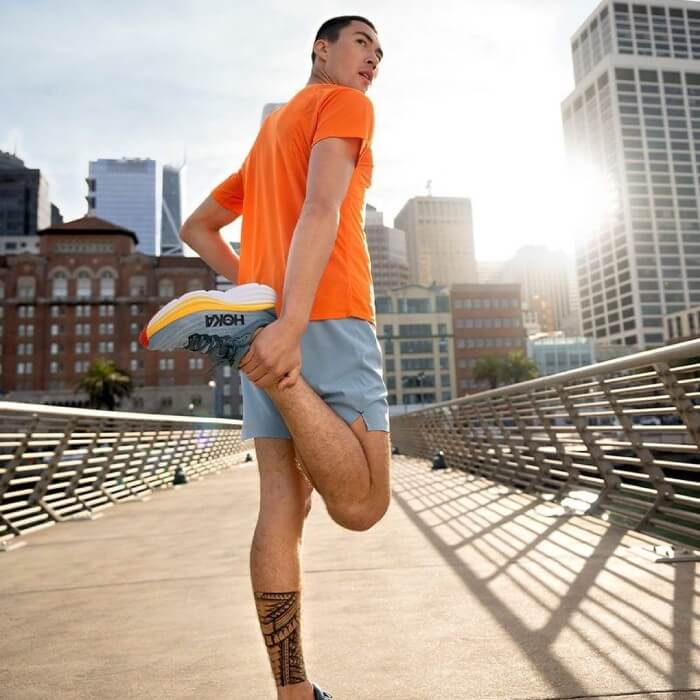
The Bondi 8 is focused on cushioning and keeps things simple. There’s a good amount of support without any extra stuff that you don’t really need and that would only jack up the price. Take the rear crash pad, for example – it makes for a soft, smooth ride, which is perfect if you like to run outdoors.
The upper part is made of engineered mesh, which is breathable and keeps your feet cool and dry. The tongue and collar have memory foam and mold to your foot shape. All of these features make the fit snug but flexible, which is exactly what you would want.
The Bondi 8 is eco-friendly because it uses recyclable materials in parts like the mesh and the sockliner. Plus, the shoes are completely vegan, which (if that’s important to you) is nice!
FAQ: Should I wear running shoes for comfortable running
Let’s take a look at the questions that readers of our articles often ask and try to answer them.
Can you wear Converse while running?
It’s not recommended to wear Converse shoes for running. They don’t provide the right amount of support which puts you at risk of injury during a run.
Does Converse make running shoes?
Converse doesn’t make running shoes. They specialize in making everyday footwear. The design of their shoes is better for court sports.
Are Converse good for your feet?
Converse shoes are high-quality. However, they are not recommended for people that have sensitive feet. If you need additional support, make sure you wear a cushioned insert.
Are high Top Converse good for running?
No, high top Converse shoes are not ideal for running. They lack the necessary cushioning, support, and stability that running shoes provide. It’s best to opt for footwear specifically designed for running to minimize the risk of injury and maximize performance.
Is Converse good for walking?
Yes, Converse shoes can be suitable for walking due to their comfortable design and flexibility. However, they lack proper arch support and cushioning, so they may not be ideal for long-distance walks or individuals with specific foot conditions requiring more support.
Conclusion
So can we say that a converse is a running shoe?
Converse shoes aren’t a good choice for running. Converse is primarily known for its iconic Chuck Taylor All Star sneakers, which were originally designed as basketball shoes but have become popular as casual footwear. While Converse shoes are stylish and have a classic appeal, they are not typically regarded as running shoes. The flat sole and lack of advanced cushioning and support make them less suitable for high-impact activities like running.
However, some people may find Converse shoes comfortable for short-distance running. Ultimately, the choice of running shoes depends on individual needs and preferences, with specialized running shoe brands offering better performance, cushioning, and support for dedicated runners.
Converse shoes are a better choice for everyday wear, court sports, and strength training.
Do you wear Converse shoes when you exercise? Let us know during what exercises in the comments below.
References:
- The Benefits of Barefoot Running // Cleveland Clinic:
https://health.clevelandclinic.org/barefoot-running/ - Rearfoot and midfoot or forefoot impacts in habitually shod runners:
https://pubmed.ncbi.nlm.nih.gov/24300124/ - Photos by Joaquin Corbalan, Canva.com; Ngurah Agung Martha, Canva.com; PDPics, Pixabay.
Why Trust Us?
With over 20 years in Olympic weightlifting, strength training, nutrition coaching, and general fitness our team does its best to provide the audience with ultimate support and meet the needs and requirements of advanced athletes and professional lifters, as well as people who strive to open new opportunities and develop their physical capabilities with us.
By trusting the recommendations of our certified experts in coaching, nutrition, and sports training programming, as well as scientific consultants, and physiotherapists, we provide you with thorough, well-considered, and scientifically proven content. All the information given in the articles concerning workout programming, separate exercises, and athletic performance, in general, is based on verified data.
The product testing process is described in more detail here.
Oleksandr is a running coach and member of the Nike Run Club coaching team for 8 years. A participant in national and international competitions at distances from one kilometer to the ultra trail. Owner of mountain trail running camps. Nowadays Oleksandr is responsible for creating running training programs for athletes of various levels, coaching personally offline and online, conducts trail running camps in the mountains, participates in competitions.



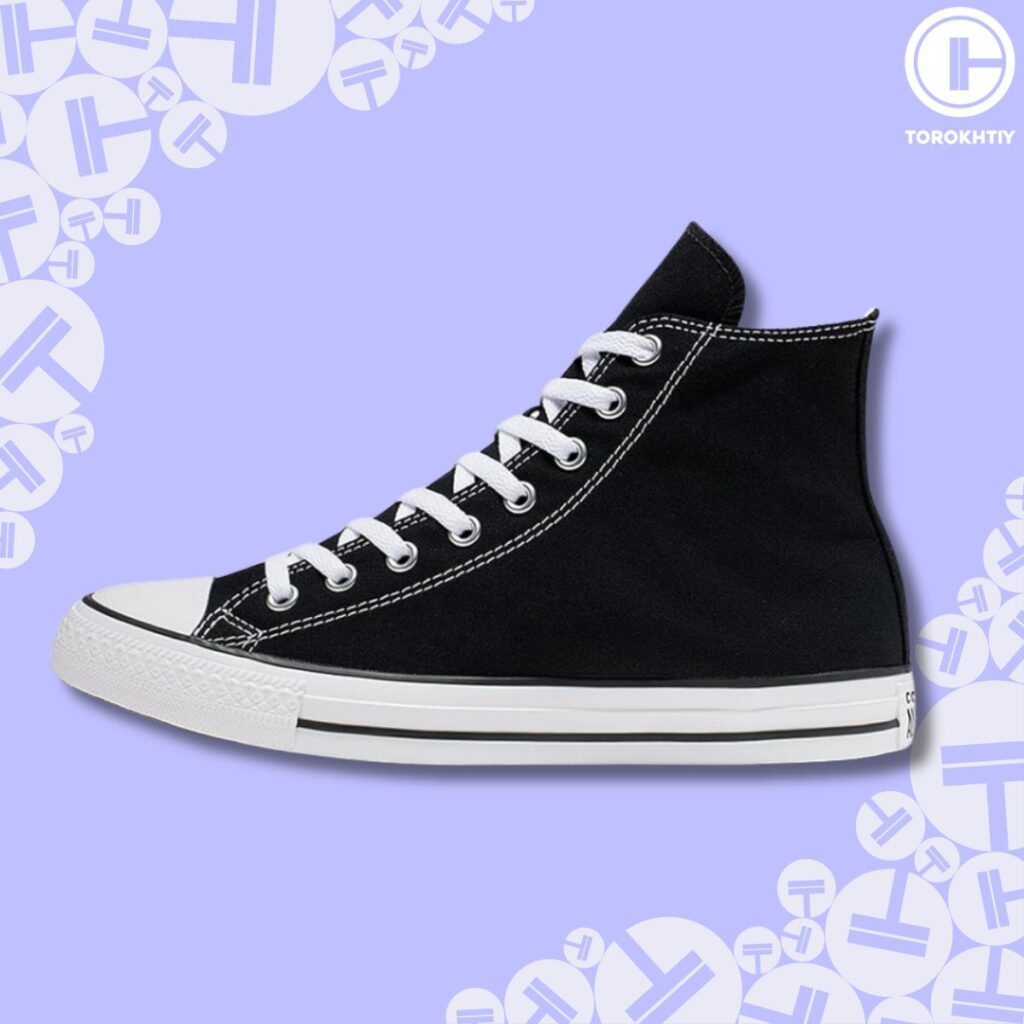
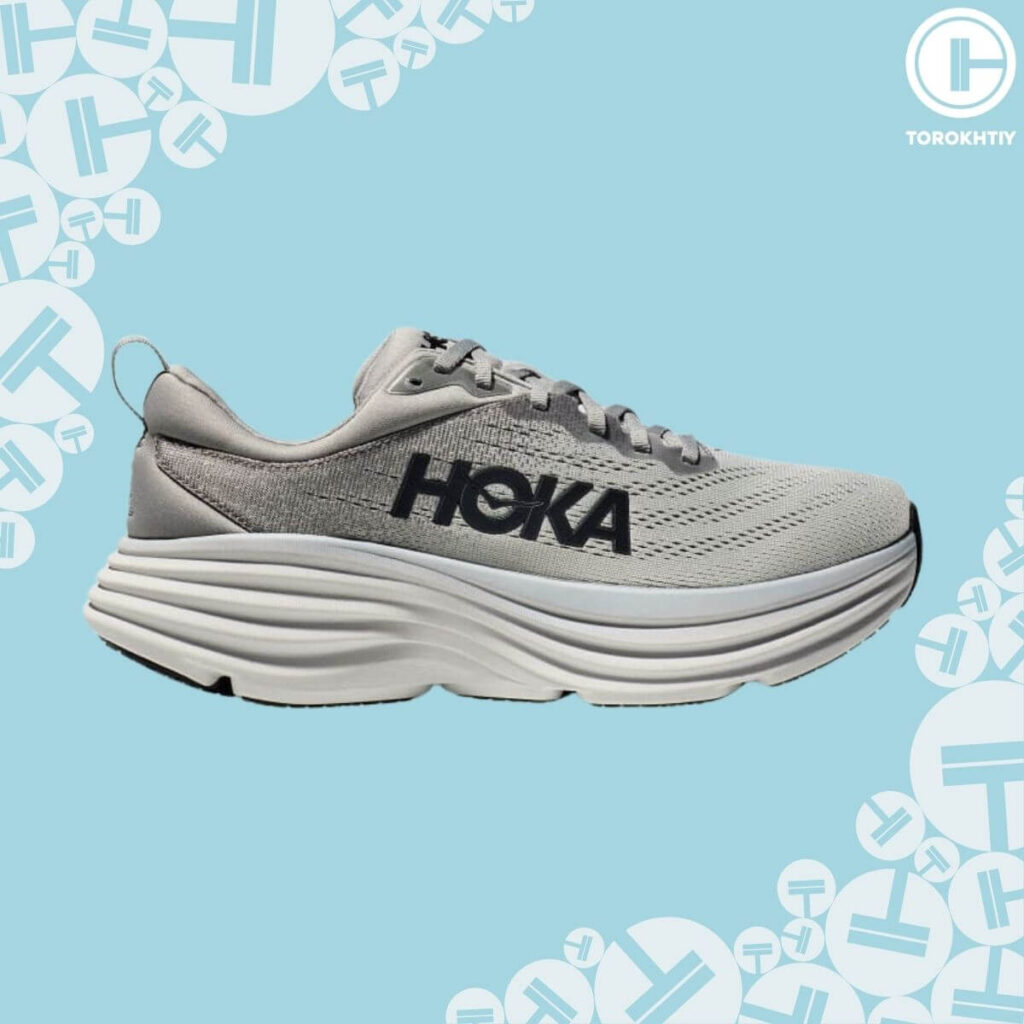
Still have questions after reading our article? Unlock your full potential by engaging with our experts and community! Don’t hesitate — leave a comment below and Oleksandr Zagrebelnyi will provide a personalized answer and insights to help you reach your goals.